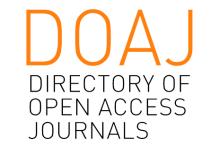Resource information
This article draws an analytical panel of the main contributions and interpretations of Anhaia Mello about the problem of growing cities from the perspective of urbanism in the city of São Paulo. Based on a broad review of the literature, this article describes how urban planning migrated to academia and simultaneously to city ordinances, which resulted in the regulatory framework of land use and occupancy that ultimately produced “The Regional São Paulo Plan.” Research in the FAU-USP library revealed family documents and collections that helped reconstruct the intellectual history and career of urban planner and professor Anhaia Mello. The author of this paper organized the data gathered from these collections and compared them to the literature to reconstruct Anhaia Mello’s thoughts on how the city of São Paulo should grow in the mid-20th century. The analyses produced by Anhaia Mello served as a guide to identify the crystallization of a planning proposal for the city, which believed in reversing the metropolitan cycle and containing urban growth by applying the garden-city concept defended by Le Corbusier and the Chicago school.


